You know what you want to write about…
What you don ’ thyroxine sleep together is which parts of a book are actually necessity in your bible .
Getting this wrong can make you look like a real amateur instead of a credible professional—which is what you actually want.
properly ?
Knowing which parts of a book to include in yours and which don ’ t make any sense starts with knowing what they are to begin with .
Share
Pin
63
63
Shares
What are the parts of a book? TEMPLATE
invention and content make up the entirety of the book, including the championship, introduction, body, conclusion, and back cover .
In order to write a record in full, you need to have all the moving parts to make it not alone good but besides effective .
Without all-important pieces, your book will appear unprofessional and worse : you ’ ll lose the credibility and authority writing a book is so utilitarian for .
acknowledgment Page, Copyright Page, & More !
25-page Non-Fiction Book Outline Template
Finish your book FASTER by downloading this rid template that ’ sulfur pre-formatted, easy to use, and you can fill-in-the-blank !
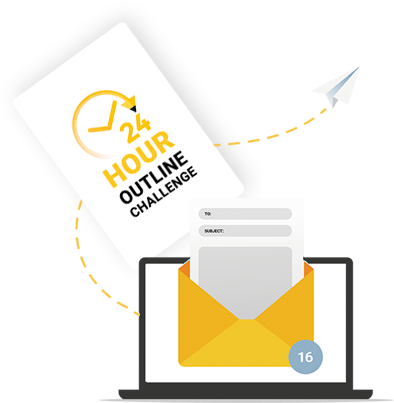

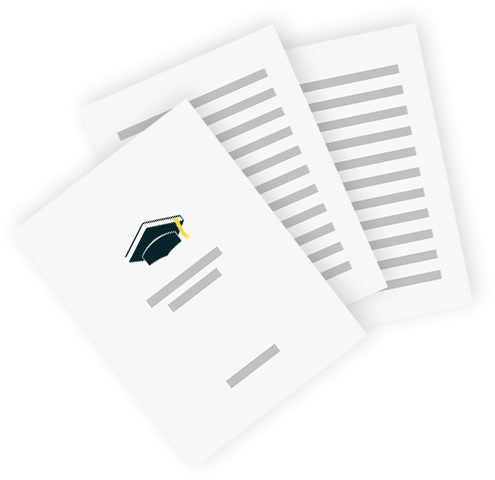
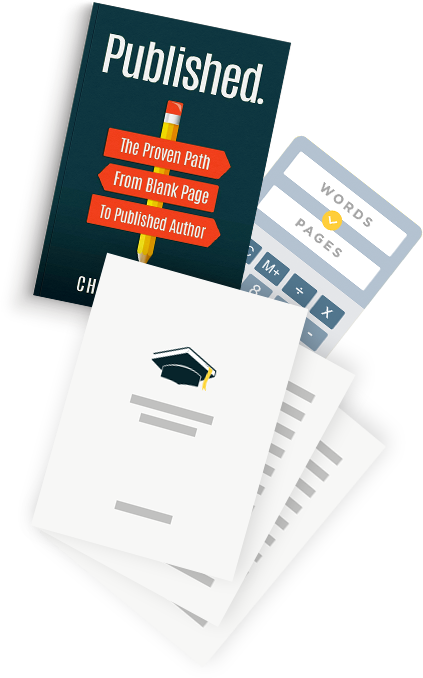
Share
Pin
63
63
Shares
Parts of a Book You Need for Success
It ’ south not adequate to just write and self-publish a book by throwing it up on Amazon or any early publish locate .
You have to get the parts of your record right if you want it to sell more, get those 5-star reviews, and place you as an agency figure in your field .
here ’ s how to do that .
#1 – Book Cover
Every book needs a great book brood. vitamin a much as we ’ d love to think people don ’ triiodothyronine good a book by its cover…they do .
Having a quality book cover is among one of the best ways you can ensure your record sells well, particularly as a self-published author. It ’ s the inaugural thing they see, and a potential buyer can form an opinion in seconds .
here ’ s an exercise of a full, front-to-back strong ledger cover that fits the tone, style, and contents of a book titled The Politically Homeless Christian by Aaron Schafer .
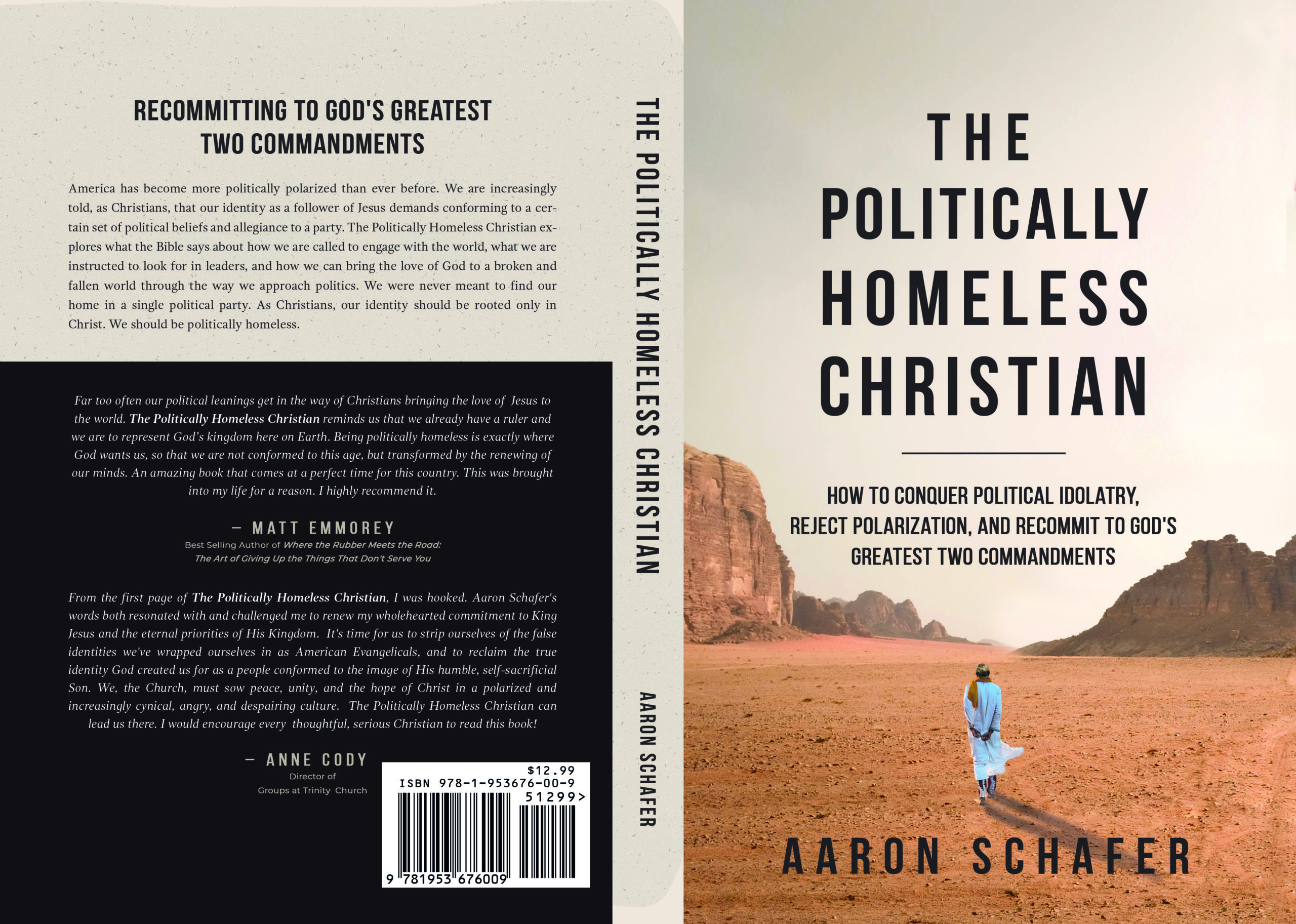
#2 – Title Page
For obvious reasons, your title is important…
But that ’ s not all that ’ s significant to your book. The title page is besides necessity and without it, your book will be missing something crucial .
Your title page serves as a means of not entirely declaring your style distinctly, but besides ensuring your name, subtitle, second, and any early crucial information is present for your readers to view clearly .
Here’s an example of a great title page and what you can use to replicate your own from I Wish Everyone Was an Immigrant by Pedro Mattos:
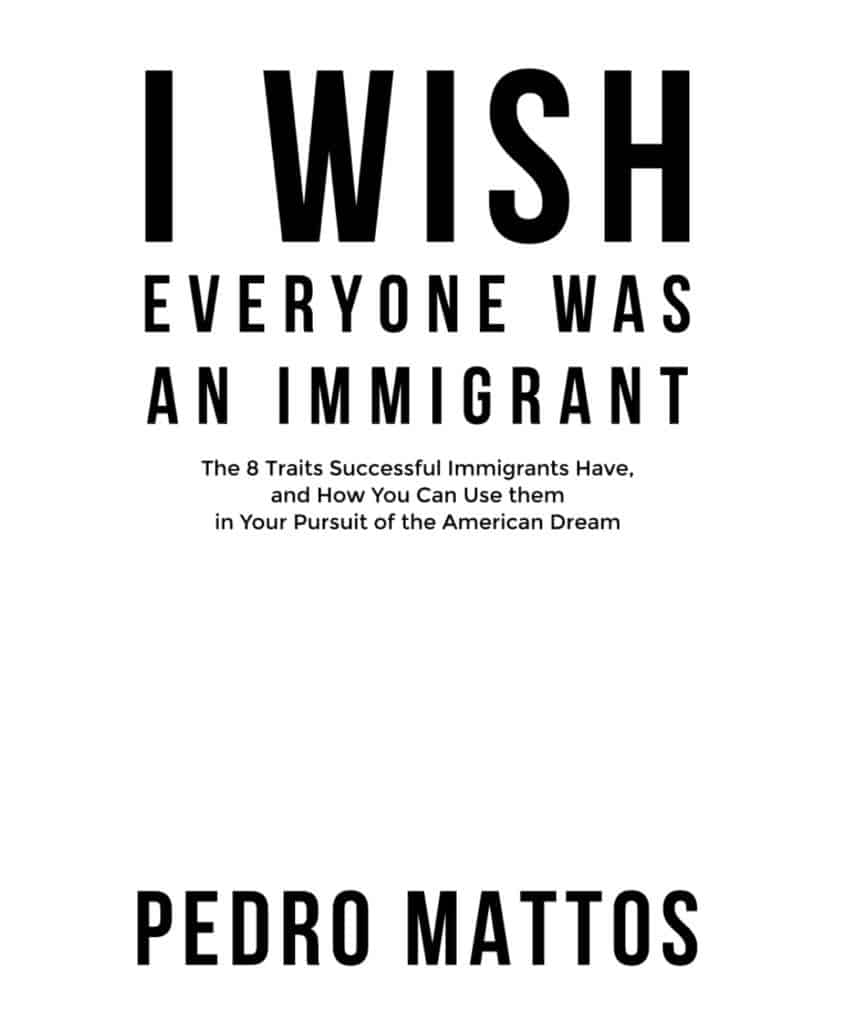 As you can see, the championship page is actually merely the main title, any subtitle you may have, and the generator ’ randomness name as the buttocks .
As you can see, the championship page is actually merely the main title, any subtitle you may have, and the generator ’ randomness name as the buttocks .
other than this being an diligence standard for books, it helps to keep everything net without the obstacle of any title images .
#3 – Copyright
Your koran needs to be copyrighted. Unless you ’ re okay with others stealing its contented and reaping the rewards for themselves, that is .
We have a big lead on what it takes to copyright a book right here for you to view, but here are some of the basics .
- Technically a book is copyrighted as you write it. But if you want it to be fully legal, you do have to pay to have it copyrighted.
- Your copyright content will change depending on the type of book you’re writing.
- There are certain copyrights you cannot have exclusive rights to depending on what you cover in your book, which is usually impacted the most by what you write in a memoir and its legality
Here’s an example of what a copyright section of a book may look like:
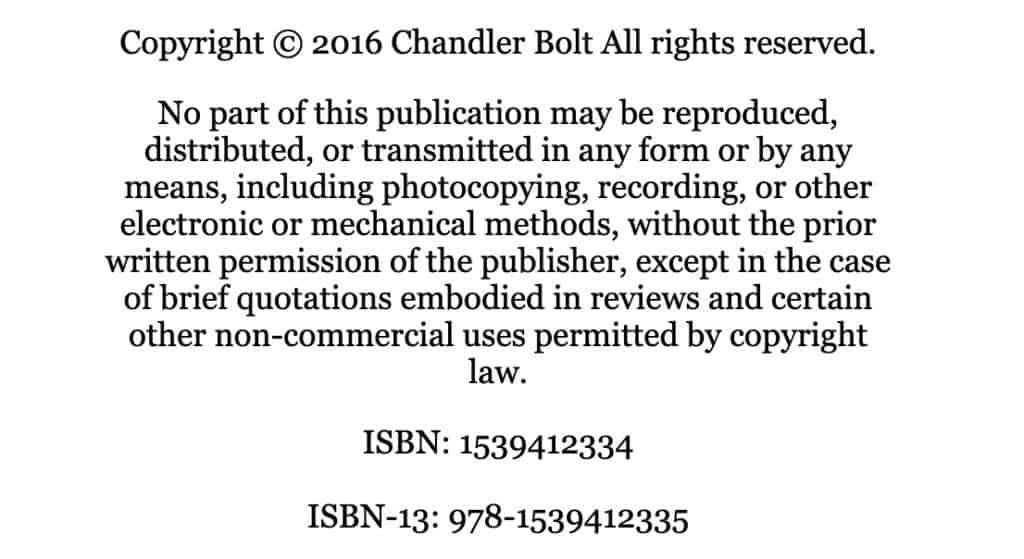
#4 – Table of Contents
There are a distribute of reasons to have a postpone of contents in your book. For one, it helps readers know where to find the information they ’ re actually looking for .
second, this is highly useful in kindle or ebook versions of your ledger in ordering to help readers click and navigate without having to actually arrow over through the pages in regulate to get there .
The happier the reviewer, the better the reviews they leave .
What is a table of contents ?
A table of contents is a list of a book ’ s chapters or sections with the head diagnose and frequently the page act if there are no associate inside .
Here’s an example of this part of a book:
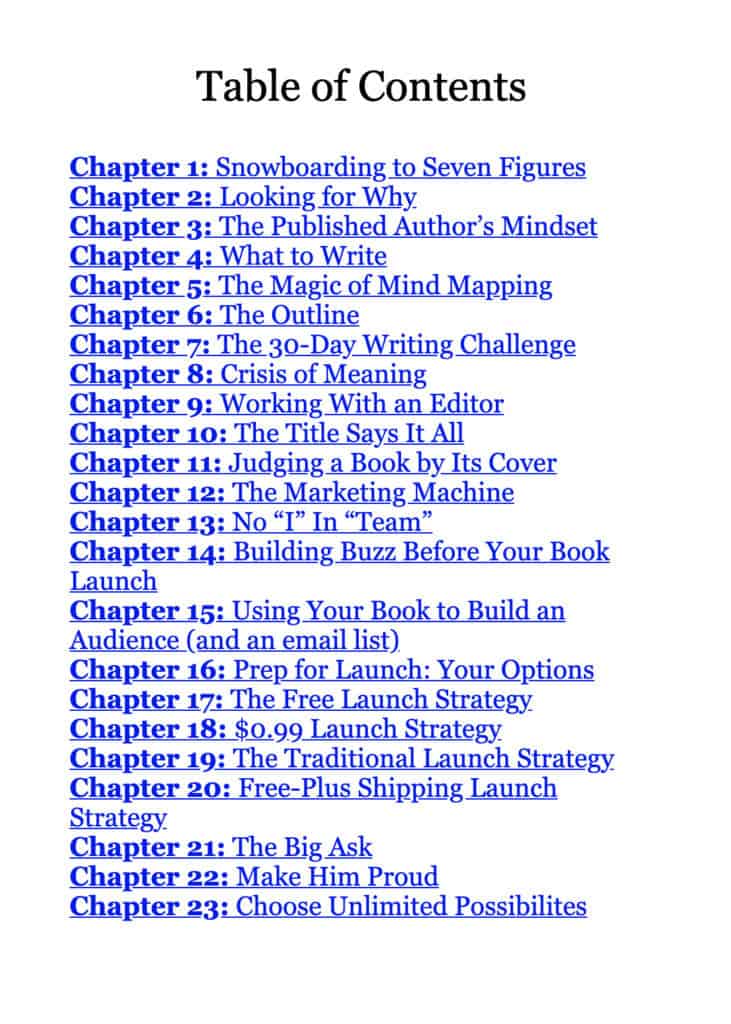
#5 – Dedication
This is the part of a book that most of us write long before the actual book is finished…we good tend to jot it down in our minds rather of on paper .
Your bible dedication is like your acceptance lecture when given an award. Except your script is the award and consequently, you get to write this “ actor’s line ” and target it where everyone can read it before tied starting the book .
This dedicated often comes after the title page and before the table of contents.
It ’ s a abruptly few sentences thanking whomever helped you get to the period of writing the book or merely people you want to acknowledge as thanks .
This is an exemplar what a commitment of your book may look like from our own Student Success Strategist Pedro Mattos ’ s debut novel I Wish Everyone Was an immigrant :
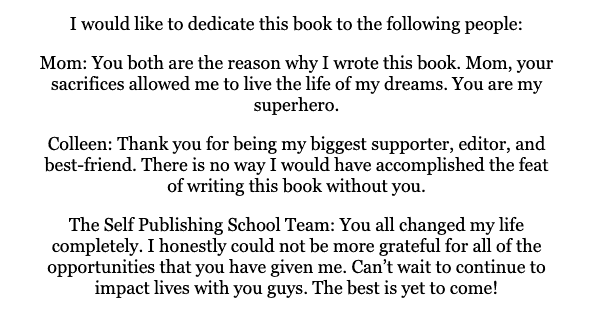
#6 – Foreword
If you ’ re looking to increase your credibility, get a book endorsement by person who knows you and your story well, then a foreword is what you want .
What is a foreword?
A foreword is an introduction to a book written by person early than the writer that lends credibility to the writer ’ sulfur status to write the book .
think of a foreword as a classify of endorsement of the reserve. The person who writes it is normally an author themselves, though they can besides precisely be a person of authority in the lapp or similar field .
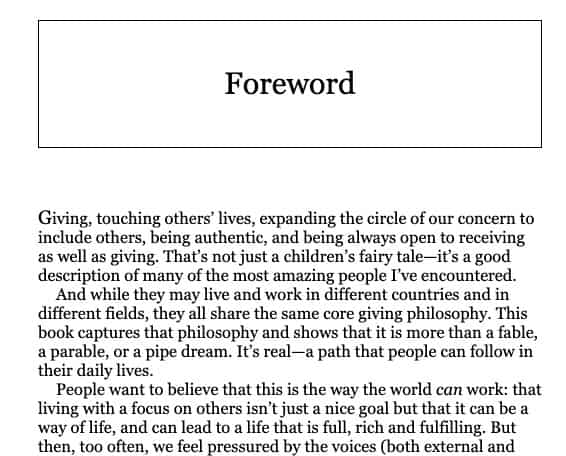 Above is an example of a foreword from The Go-Giver by Bob Burg .
Above is an example of a foreword from The Go-Giver by Bob Burg .
Forewords typically come after the table of contents and before the introduction or first chapter of the book .
#7 – Prologue
fiction is where prologues live. Oftentimes, stories may need extra context before the actual report begins in order for the subscriber to make sense of it and elements within the record itself .
What is a prologue?
A prologue is a abruptly chapter that normally takes place before the main report begins as a intend of granting understanding to the subscriber. It ’ second besides used to increase intrigue and capture readers .
not all books require prologues and in fact, if you can write your novel without it, that ’ s actually preferred as many readers skip the prologue wholly .
Below is an exercise of a prologue from the identical popular Game of Thrones by George R.R. Martin .
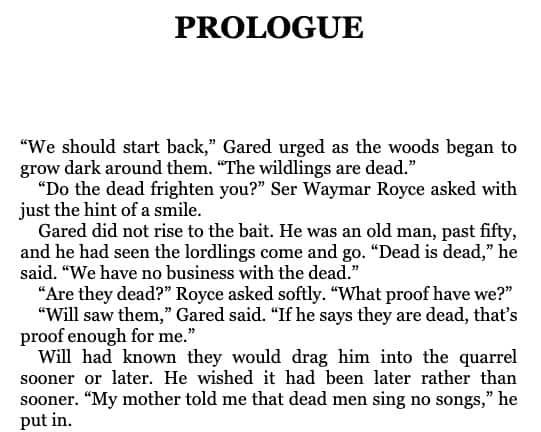
#8 – Epilogue
not all book series get happily-ever-after endings. When your book series ends but you want a way to let the readers know what ’ sulfur in memory for the characters ’ futures, an epilogue is a impregnable way to do that .
What is an epilogue ?
An epilogue is a short chapter that comes after the last chapter of a record as a way to tie the story together in a conclusion .
basically, the epilogue is the answer to the interrogate, “ what happens to them adjacent ? ” This serves as a more meet room to let readers know that characters live “ happily ever after. ”
sometimes the ending of the story international relations and security network ’ t satisfying enough for readers .
That partially of their fib may end, but if your readers want a more in-depth look at their life “ after ” the report, that ’ s when an epilogue would come into play to tie everything together .
#9 – Epigraph
Epigraphs aren ’ t necessarily crucial, nor are they required. Oftentimes, these short snippets serve as a way to let readers know what example or topic will be covered in the chapter .
What is an epigraph ?
An epigraph is a curtly interrogate, quotation, or even a poem at the begin of a chapter intend to indicate the chapter ’ s theme or focus. This frequently ties the current work to predecessors with alike ideas and learnings .
For exercise, below is an epigraph from The 7 Habits of Highly Effective People by Stephen R. Covey .
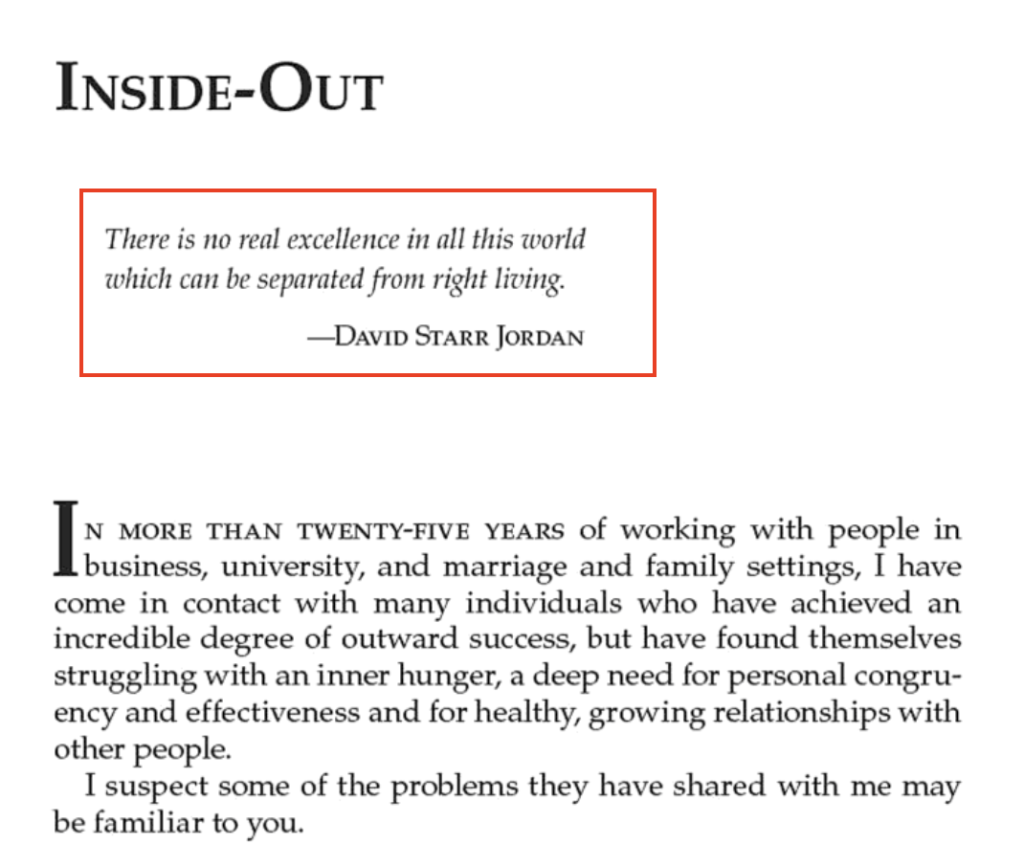
#10 – Book introduction
Most nonfiction books include an introduction to the book—a chapter before your first chapter as a means to introduce yourself and your credibility or author on the subject matter to your readers .
Your record insertion is extremely authoritative for showing your readers why they should read the book and how you ’ re the person to help them with whatever problem your script solves .
One of the best ways to do this is to first establish the pain points your book helps to solve, and then make it gain how you, person they don ’ metric ton know, can help with this issue. This is the distinctive strategy for writing a self-help book that in truth impacts readers .
This normally involves some of your own backstory, but keep it specific to the problem at handwriting. Your readers don ’ t need an integral summation of your personal history .
#11 – Inciting incident
If you ’ re writing fiction, you may have come across the term “ inciting incident ” before.
Read more: The 36 Best (Old) Books We Read in 2021
What is an inciting incident ?
This is an early share of a book that ’ s the point of no return for your characters. The motivate incident is what kicks your plot into wide drive .
Here are a couple examples of inciting incidents:
- Katniss volunteers to take her sister’s place in The Hunger Games by Suzanne Collins
- Tobias enters the Tournament and gets accepted in The Savior’s Champion by Jenna Moreci
- Bella moves to Forks, where she meets Edward in biology class in Twilight by Stephanie Meyer
- Bran gets pushed off the wall in Winterfell when he catches Jaime and Cersei Lannister together in Game of Thrones by George R.R. Martin
These are all points in the novel that the characters can not come back from. In this case, their lives are changed forever, which drive the plat fore .
#12 – Sections of a book
This will by and large pertain to nonfiction authors, we we ’ ll cover the fabrication equivalent in the following section .
Some nonfiction books are written with unlike parts. These are normally separated into 3 parts that make up a greater wholly in the record .
For exercise, in the book I ’ molarity presently writing, I break it up into 3 separate sections. Each part has its own focus and theme but they all bring with one another to achieve a greater determination .
here ’ s an example of how the sections of my book work :
- Part 1 – This part focuses on how your childhood impacts your adult behaviors
- Part 2 – This part aims to show readers how to move past their childhood and get control of their “now”
- Part 3 – This section moves beyond getting control and focuses on how readers can work toward building the future they both want and deserve despite their childhood traumas
Each part of this book has a main focus and theme but when use together, they form a solution to a larger problem .
Share
Pin
63
63
Shares
#13 – Act structure
In fabrication, rather of creating branch sections like in the exemplar above, you may split your employment into different acts .
Most commonly used is the three act structure.
Although this international relations and security network ’ metric ton required of novels, it ’ sulfur still quite popular to write a book with this structure, as it forms a cohesive order of events that ’ s proven to be intriguing to readers .
A popular exercise of this 3 act structure is in Sabaa Tahir ’ s An Ember in the Ashes, featured below .

#14 – First slap
If you ’ re familiar with our slang around how to write a novel, or you ’ re a scholar already, you may have hear of the first and second slap .
These are pivotal points in your character ’ mho journey that further the plot and often make their efforts more unmanageable .
The first slap is often the biggest reverse for your character following the inciting incidental .
Here are some examples of what a “first slap” is in popular stories:
- Katniss entering the hunger games after trials and tests
- Bella finding out Edward is a vampire in Twilight
- Tobias’s first challenge in the tournament in The Savior’s Champion by Jenna Moreci
All of these have one thing in common : they make the lives harder for the characters .
#15 – Second slap
Like the first base bang, the second slap is a pivotal point in the fresh where your character faces a fall, most frequently after having a succeed or two under their belt since the first slap .
The second slap needs to be placed shortly after your readers have gained hope in your character’s ability to succeed in whatever their goal is.
The idea behind this is to hook your readers again and let them know that it is not all smooth sailing for your characters throughout the rest of the reserve .
frequently, the moment smack is worse than the beginning, where 90 % of your character ’ s promise in succeeding is lost and therefore, your readers will lose promise besides. This makes them root for your character even more, increasing the sum they care for your character .
#16 – Climax
We all know the climax of the ledger is the most significant separate. It ’ s where your character faces the biggest obstacle in achieving their goal in the book .
Here are a few examples of climaxes in popular books:
- Whenever Harry Potter comes face-to-face with Voldemort in the books
- Katniss and Peeta are up against one more foe before “winning” the games in the first book
- Bella gets taken by James and Edward has to fight to save her
The culminate is the last challenge before the ending, or resolution, of your bible. It is the point of the highest tension and it ’ sulfur where your character faces the worst odds—worse than the first and second slaps .
#17 – Acknowledgements
We all have people in our lives to acknowledge for our success in writing a book .
much like the dedication, the acknowledgments are meant to recognize impactful people in our lives. These, unlike the dedication, typically come at the end of the book and can be written in longer, paragraph form as a pose to a short conviction for each .
#18 – Author bio
not all books contain an generator bio in it, specifically fabrication ( unless it ’ s a hardback copy ) .
If you ’ re writing a nonfiction record, however, is a type where the generator bio can be at the bottom of the spinal column page of your book, beneath the second cover outline .
here ’ s an example of an writer bio for Sara Glashagel ’ s The Road to Happy is Not One Way .
 Your author bio doesn ’ t have to be very retentive. Keep it short and dim-witted while however showing your readers your credibility in what your ledger covers .
Your author bio doesn ’ t have to be very retentive. Keep it short and dim-witted while however showing your readers your credibility in what your ledger covers .
#19 – Coming soon / Read more
This separate of a book might not matter to you unless you have a bible series or multiple books to your mention .
The coming soon and read more pages are used to help your readers purchase and read more of your books.
This section of a record much comes at the very end, after your epilogue and acknowledgments. It ’ s a single page with the cover images of your other book/s, their titles, and links for your ebook copy .
This not only makes it easier for your readers to buy the future book, but it ’ s besides a bang-up room to sell more books overall .
#20 – Back cover or synopsis of a book
I saved the best ( and most important ) for last. The back cover, besides known as the outline of your book, is by far the most critical for getting people to buy .
Without a good synopsis to hook readers and buy them into your book, you won’t sell.
These are crucial for both fabrication and nonfiction .
With your fiction outline, you want to create intrigue and show your readers that they ’ ll get a good report. The magic trick is doing this with a few shortstop paragraph .
Here’s an example of a fiction synopsis that works , from Fundamentals of Fiction student Leigh Robert’s Endings and Beginnings: Wrak-Ayya: The Age of Shadows Book 10 .
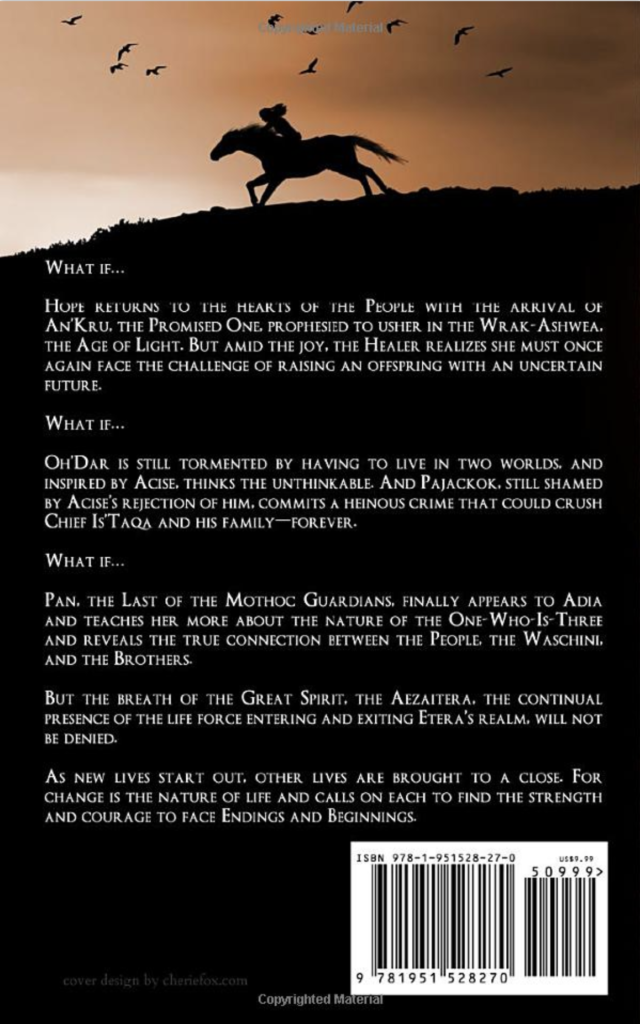 Here’s a nonfiction example of the back cover from Lisa Zelenak’s Find Your Thing:
Here’s a nonfiction example of the back cover from Lisa Zelenak’s Find Your Thing:

Parts of a Book in Summary
As you can see, these look very different, though they serve the same function. The back of your book is the first gear thing person reads in orderliness to decide if they want to buy your record .
Make it concise, convert, and show them the rate they ’ ll perplex from reading it—be that an entertain read or a solution to their trouble .
Ready To Become a Self-Published Author?
Take the assessment below to find your best publish path !
Share
Pin
63
63
Shares
Share
Pin
63
63
Shares
disclosure : Some of the links above may contain affiliate partnerships, intend, at no extra cost to you, Self-Publishing School may earn a commission if you click through to make a buy. share THIS BLOGPOST
Share
Pin
63
63
Shares
Read more: The 36 Best (Old) Books We Read in 2021


